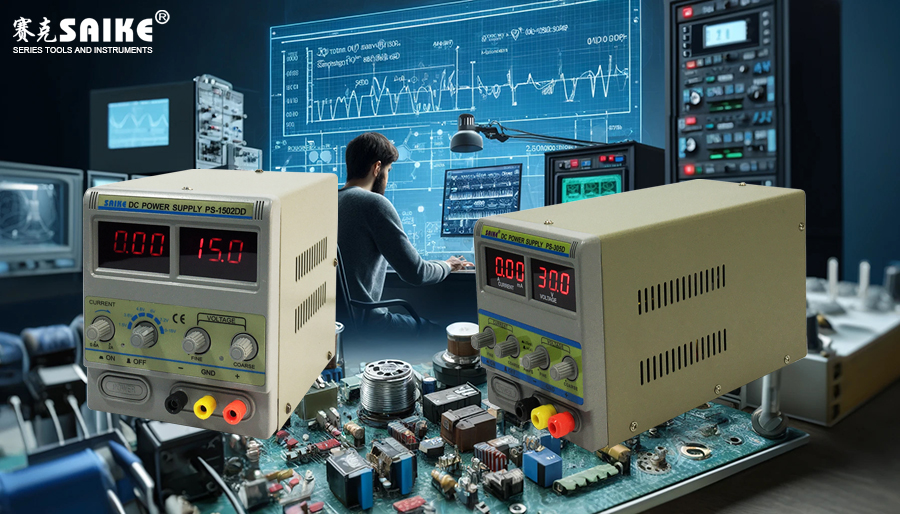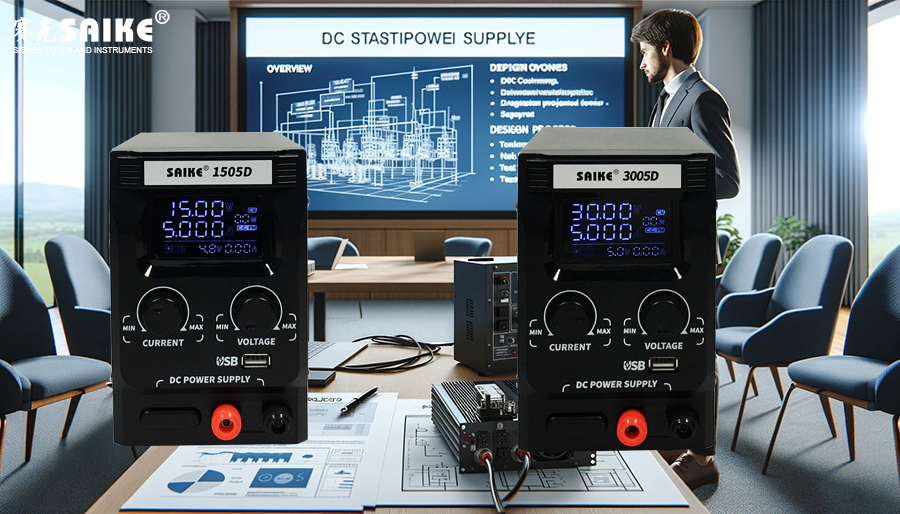
SK-YJ000ZLWYDY-KP 100016
Switching regulators are a crucial component of modern electronic devices, especially in applications where efficiency and size are strictly demanded. Compared to traditional linear regulators, switching regulators offer higher efficiency and more flexible voltage regulation options. This article will delve into the working principles of switching regulators, along with their primary components and functions.
I. Basic Components of a Switching Regulator
1.Controller
– The controller is the core of the switching regulator, responsible for driving the switching elements and adjusting the switching frequency and duty cycle based on changes in output voltage to maintain stability.
2.Switching Elements
– Switching elements are typically high-speed transistors (such as MOSFETs or IGBTs), responsible for rapidly switching on and off current paths according to the controller’s instructions.
3.Energy Storage Elements
– Inductors and capacitors are common energy storage elements in switching regulators. Inductors store energy and smooth current, while capacitors smooth the output voltage and reduce voltage fluctuations.
4.Feedback Mechanism
– The feedback mechanism monitors the output voltage and compares it to a set reference voltage to ensure stability. Feedback information is used to adjust the controller’s output, optimizing the performance of the switching elements.
II. Working Principles of Switching Regulators
1.Energy Conversion
– Switching regulators control the transfer of electrical energy by continuously switching the switching elements between the on (ON) and off (OFF) states. In the on state, electrical energy is transmitted from the input to the output, storing energy through the inductor. In the off state, the energy stored in the inductor flows to the output to maintain current, assisted by the voltage smoothing effect of the capacitor.
2.Adjusting Duty Cycle
– The controller adjusts the duty cycle (the ratio of on to off time) of the switching elements based on the required output voltage. An increase in the duty cycle raises the output voltage, while a decrease lowers it.
3.High-Frequency Switching Operation
– The switching frequency of switching regulators is usually very high, allowing for smaller inductors and capacitors. This is because they can charge and discharge faster at high frequencies, effectively smoothing current and voltage.
III. Efficiency and Applications of Switching Regulators
1.High Efficiency
– The efficiency of switching regulators typically ranges from 80% to 95%, significantly higher than linear regulators. The main reason for this high efficiency is the reduced voltage drop when the switching elements are on and the negligible current flow when they are off.
2.Thermal Management
– Although switching regulators are more efficient than linear regulators, they still generate heat under high loads and conversion rates, making proper heat dissipation measures essential.
3.Wide Range of Applications
– Switching regulators are widely used in portable devices, automotive electronics, computer systems, and communication devices, especially in space-limited and efficiency-demanding scenarios.
IV. Conclusion
Switching regulators provide an adjustable and highly efficient power solution through efficient energy conversion and precise control mechanisms. Their design allows for maintaining output stability while minimizing size and weight, making them an indispensable part of modern electronic devices. Understanding the working principles of switching regulators is crucial for optimizing power design and enhancing the overall system performance.


